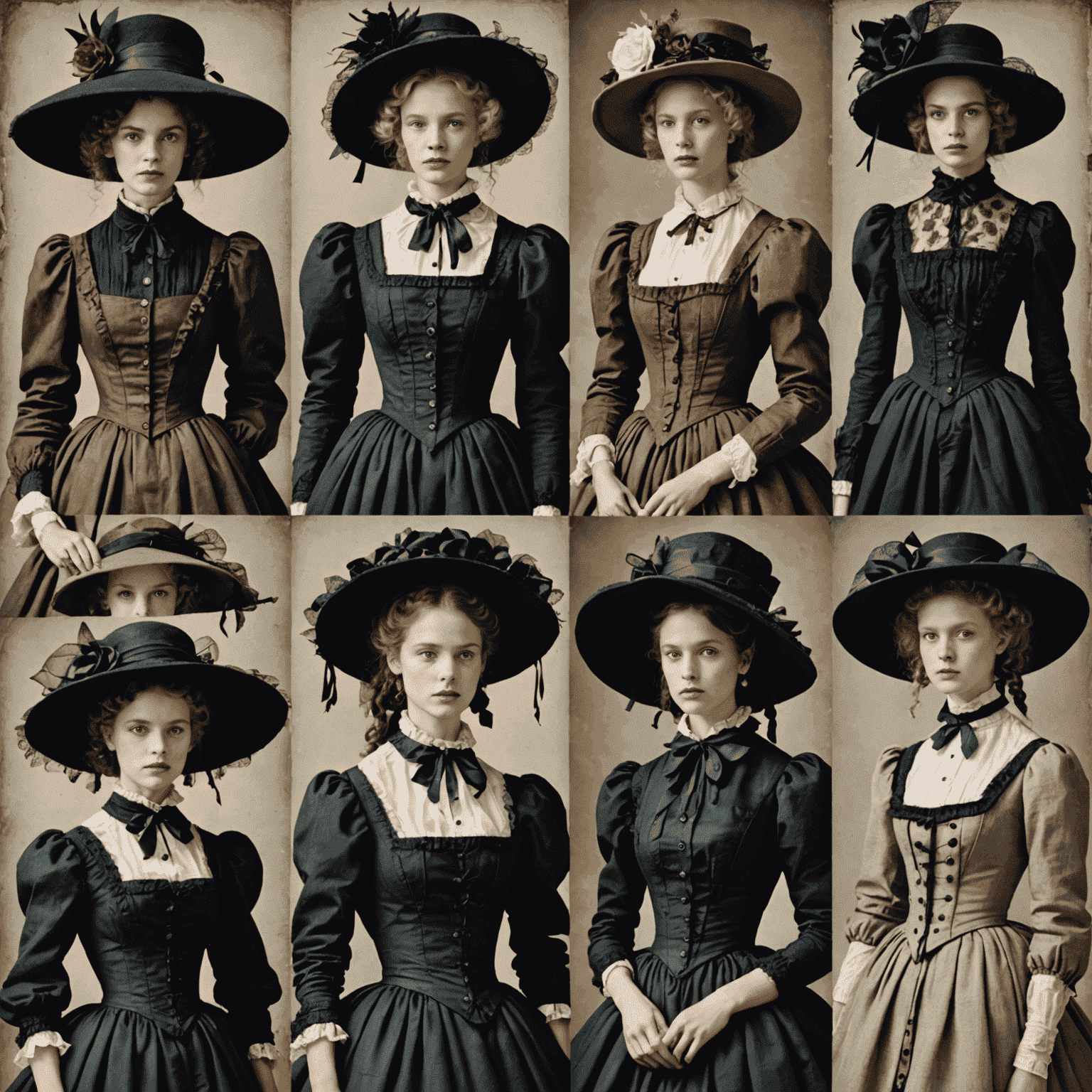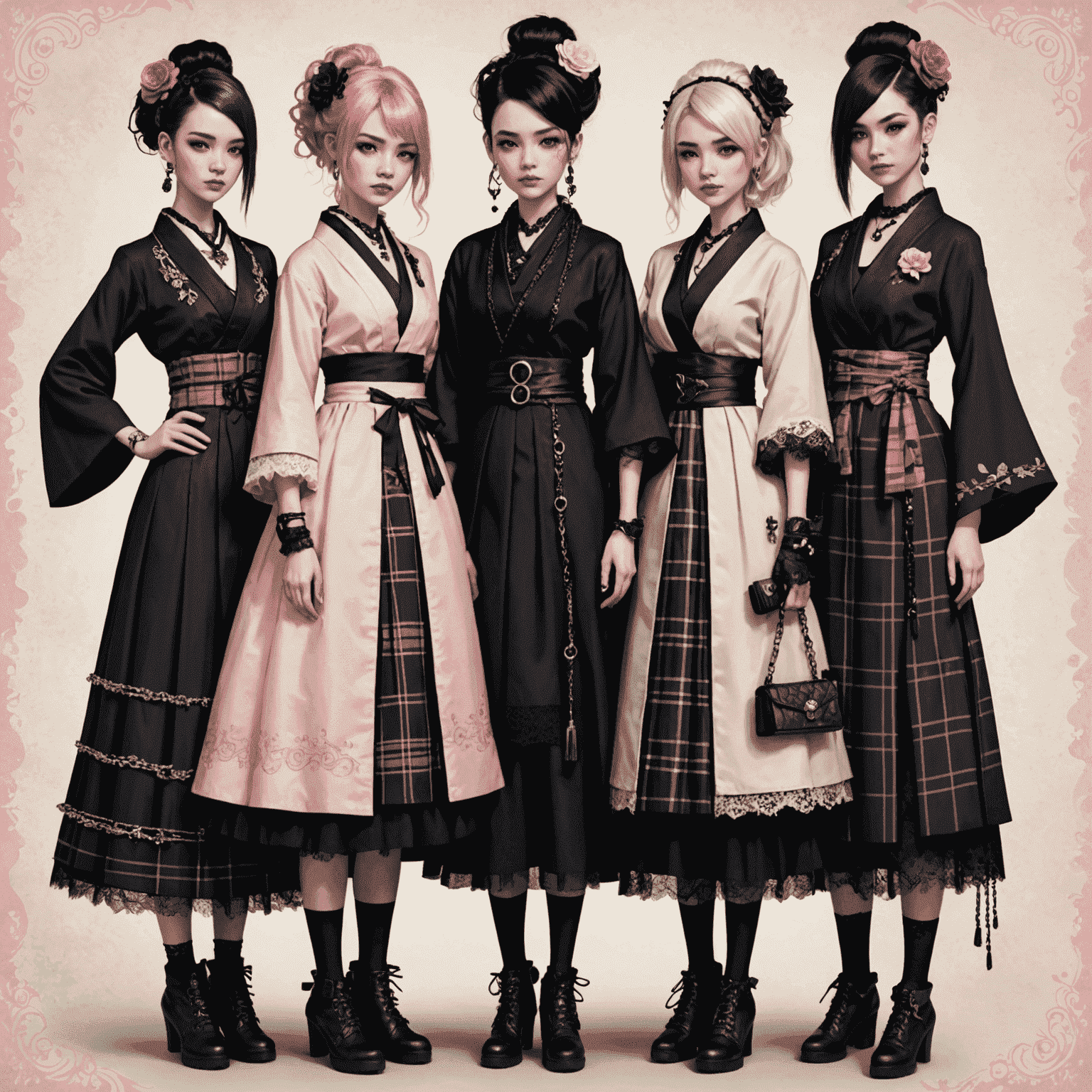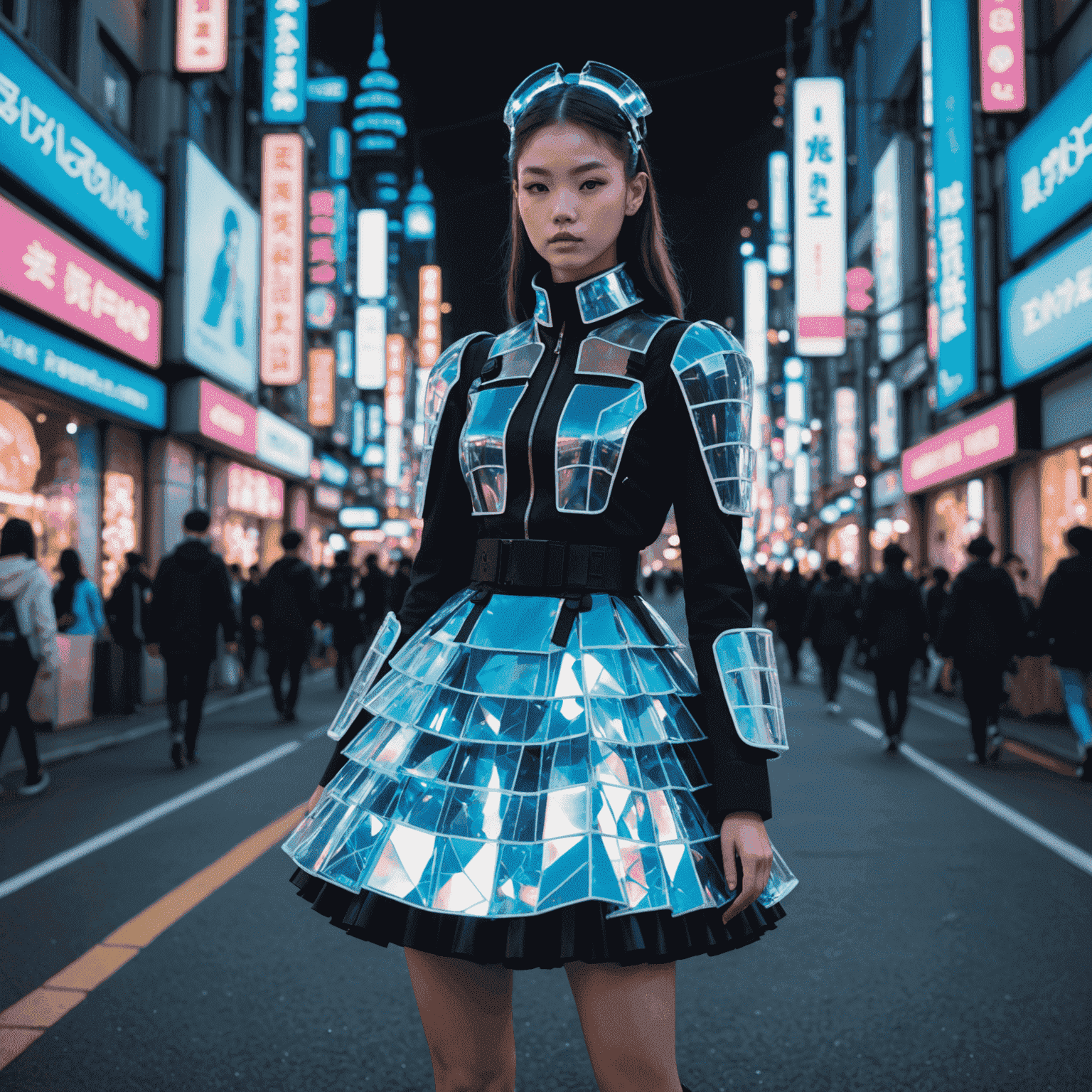The Evolution of Lolita Fashion: Past, Present, and Future

Lolita fashion, a subculture born in the streets of Harajuku, has captivated the world with its unique blend of Victorian-era aesthetics and modern Japanese kawaii culture. Let's explore its fascinating journey from niche street style to global phenomenon.
The Origins: A Rebellion in Frills
Emerging in the 1970s, Lolita fashion began as a form of rebellion against the increasing Western influence on Japanese culture. It drew inspiration from Victorian and Rococo periods, creating a style that was both nostalgic and avant-garde. The streets of Harajuku became the canvas for this new form of self-expression, blending seamlessly with other emerging streetwear trends.

The Present: A Diverse Subculture
Today, Lolita fashion has evolved into a rich tapestry of substyles, each with its own unique characteristics:
- Sweet Lolita: Embracing pastel colors and childlike innocence
- Gothic Lolita: Dark, mysterious, with Victorian mourning dress influences
- Classic Lolita: Elegant and mature, inspired by historical European fashion
- Punk Lolita: Rebellious edge meets frilly femininity
- Wa Lolita: A fusion of traditional Japanese kimono elements with Lolita aesthetics
This diversification has allowed Lolita fashion to remain relevant and appealing to a wide range of enthusiasts, both in Japan and internationally. The style has even influenced high fashion, with designers like John Galliano and Anna Sui drawing inspiration from its unique aesthetic.

The Future: Global Influence and Digital Evolution
As we look to the future, Lolita fashion continues to evolve and adapt. Here are some trends and predictions:
- Digital Communities: Online platforms have allowed Lolita fashion enthusiasts worldwide to connect, share coordinates, and organize events, fostering a global community.
- Sustainability Focus: With growing environmental awareness, we're seeing a rise in eco-friendly Lolita brands and second-hand markets.
- Fusion with Modern Streetwear: Expect to see more crossovers between Lolita and contemporary streetwear, creating fresh, hybrid styles.
- Cultural Exchange: As Lolita fashion spreads globally, it's incorporating diverse cultural elements, leading to exciting new substyles.
- Virtual Reality Fashion Shows: The digital age may bring VR Lolita fashion events, allowing fans to participate from anywhere in the world.
The future of Lolita fashion looks bright and diverse. As it continues to inspire and be inspired by global fashion trends, it remains a testament to the power of self-expression and the enduring appeal of blending the old with the new.

From its rebellious roots in the streets of Harajuku to its current status as a global fashion phenomenon, Lolita fashion continues to captivate and evolve. As we look to the future, one thing is certain: the spirit of creativity and self-expression that defines Lolita will continue to inspire fashion enthusiasts around the world.